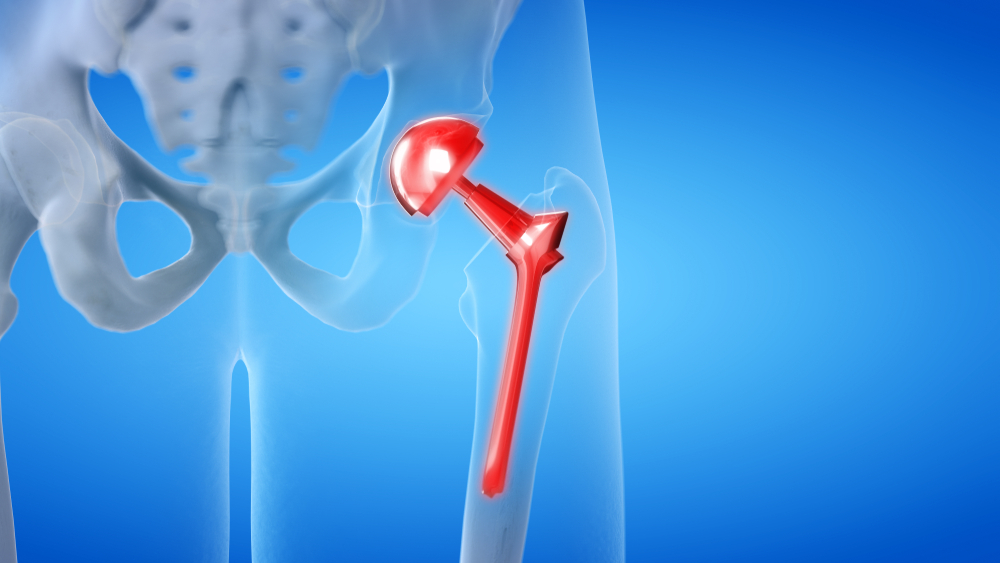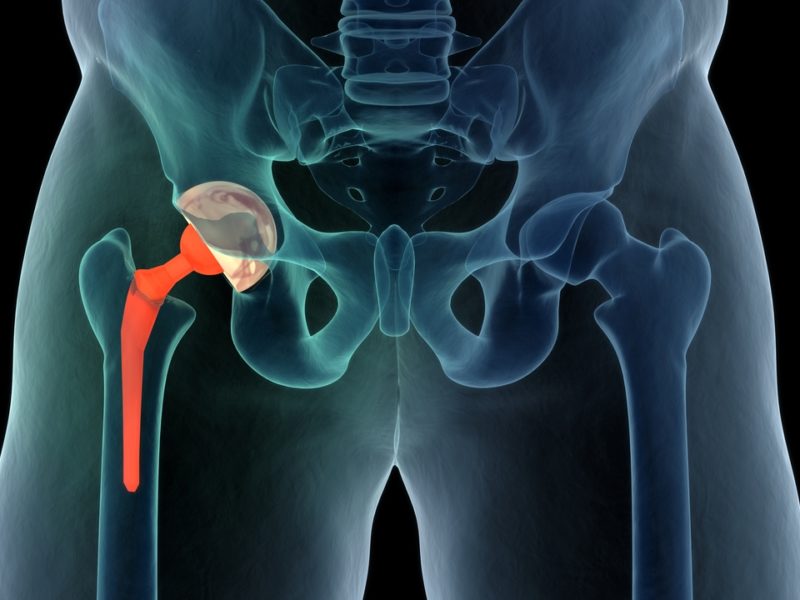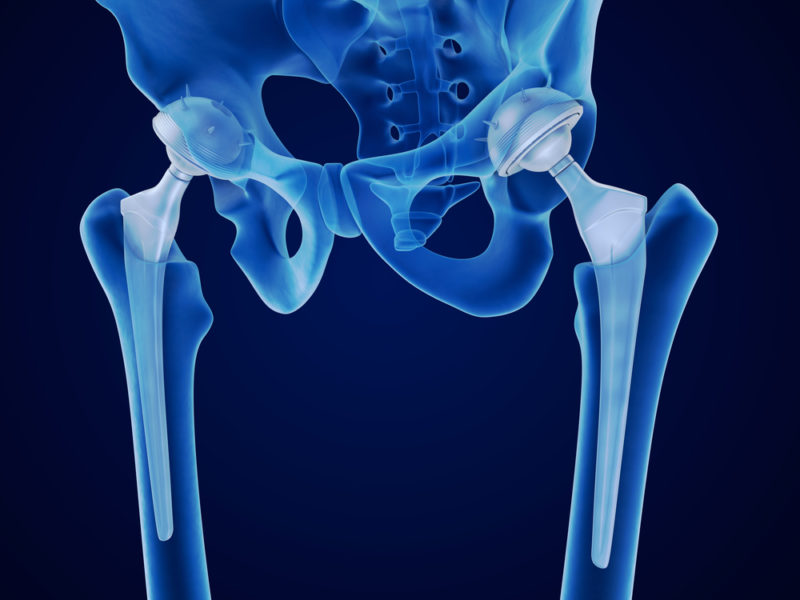
Your guide to minimally invasive anterior hip replacement
Your guide to minimally invasive anterior hip replacement https://phoenixspineandjoint.com/wp-content/uploads/2019/05/shutterstock_1292625418.jpg 1000 563 Phoenix Spine & Joint Phoenix Spine & Joint https://phoenixspineandjoint.com/wp-content/uploads/2019/05/shutterstock_1292625418.jpgMany people are not familiar with the benefits offered by minimally invasive anterior hip replacement surgery. If you’ve been recommended for hip replacement surgery, take a moment to read through this visual guide about what to expect during this minimally invasive procedure and what benefits you can gain by choosing this over a traditional hip replacement surgery.
What is anterior hip replacement?
Just like traditional hip replacement surgery, our anterior hip replacement procedure is designed to remove damaged bone and cartilage in the hip joint and replace them with an artificial joint. However, our surgery uses the anterior approach, and this allows our surgeons to avoid cutting muscles and other soft tissue that hold the hip in place. Instead, our surgeons can gently move the tissue aside during the surgery, which makes it much more minimally invasive.
The steps of our minimally invasive anterior hip replacement procedure
During our minimally invasive anterior hip replacement surgery, our surgeons will follow four basic steps. First, our surgeon will make an incision on the front, or anterior, part of your hip, and they will gently move any muscles or other soft tissue obscuring the hip joint aside.
Secondly, your hip socket will be prepared for the new hip joint implant. During the initial part of this step, the femur will be separated from the hip socket, and the damaged ball portion of the joint found on the end of the femur will be removed. Then, our surgeon will use special equipment to remove any damaged cartilage or bone from the hip socket. Once this debris is removed, a metal shell will be placed in the socket and held in place with screws or bone cement. Finally, a metal, ceramic or plastic liner will be locked into the shell to complete the artificial socket.
The third step in this surgery involves inserting the femur implant. To begin inserting the femur implant, our surgeon will first hollow out the top end of the femur. The metal implant is then placed into the femur and secured with bone cement. Finally, the artificial ball joint is attached to the end of the femur implant.
Once the third step is complete, our surgeon will move onto the fourth and final step. In this step, the artificial ball and socket components are joined to form your new hip joint. The muscles and soft tissue are gently returned to their pre-surgical positions, and the surgical incision is closed.
It’s easy to find out more about minimally invasive anterior hip replacement at Phoenix Spine & Joint
At Phoenix Spine & Joint, we’ve helped countless people find relief from hip joint pain with our minimally invasive anterior hip replacement, and we want to help you find relief too. All you have to do is take one initial step to get our help.
If you have been told you need hip replacement surgery, contact one of our patient care coordinators today for more information or to get a free second opinion.
- Post Tags:
- hip replacement
- Posted In:
- Total Hip Replacement









